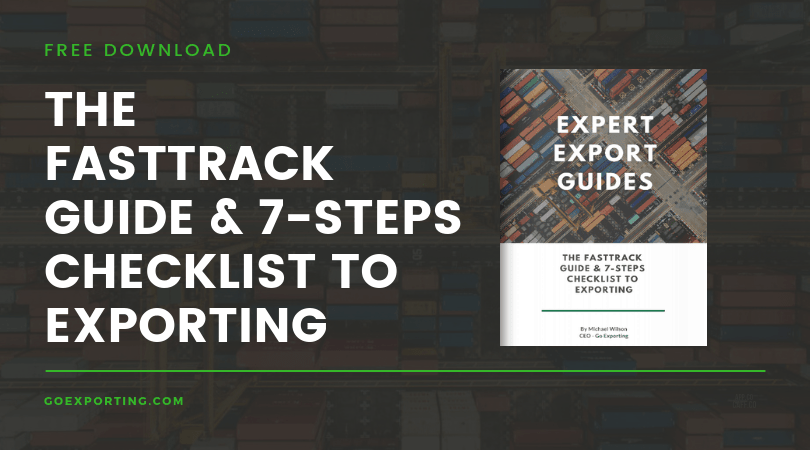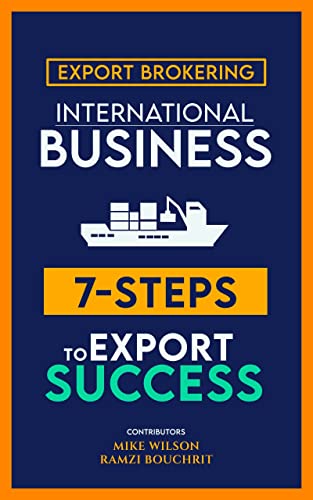A joint report by Google and Temasek Holdings has predicted that the Southeast Asian internet economy is expected to be worth $200bn within the next seven years.
The report, called ‘e-Conomy Southeast Asia Spotlight 2017’, noted that growth last year outstripped expectations by 35%, worth $50bn at the end of the year.
E-Commerce sales have been identified as a key driver of growth, reaching just under $11bn in gross merchandise volume – 50% higher than in 2016. Two critical sectors for growth include mobile-first platforms such as Shopee and Tokopedia, as well as ride-hailing services with the likes of Grab, Uber and Go-Jek.
However, the report suggested that the key growth limitation in the SEA region was the lack of tech talent, especially homegrown.
Opportunity for tech infrastructure & specialist exporters
Whilst major countries within the Southeast Asian zone such as Japan, China and South Korea report between 53% and 91% internet penetration, emerging markets still struggle with limited internet usage, despite high take-up on mobile phone usage.
Despite this, the region is regularly earmarked as a key growth economy when it comes to mobile usage, advertising and digital spend.
And whilst Western giants such as Facebook have been vying for a piece of the Chinese market for years with varying success (recent reports suggest company execs leaving in droves with the development of a censored version of the social app developed to launch Facebook into the market), less tapped opportunities in Bangladesh, Myanmar and Vietnam could all prove fruitful for exporters.
One massive factor is the price of advertising in the APAC zone. For example, it’s far cheaper to reach millions of potential consumers in India than it is in the saturated Chinese market – for consumer goods anyhow.
Read more: New Government export strategy aims to make Britain ‘21st Century exporting superpower’
As Anand Chakravarthy, MD of Essence in India notes; “Low costs of media, as compared to many countries in the APAC region, is an advantage because in India, media costs are approximately five times lower than that of China.
“India also has a rapidly evolving digital ecosystem, with the largest base of online consumers, high mobile phone penetration and increasingly connected devices.”
India’s middle class is booming, as is the gross domestic product growth in Bangladesh.
All this suggests two great opportunities for exporters. First, the services, technology and know-how to further spur-on digital economy infrastructure and growth. Second, to cost-effectively market products and services to billions of people.
And governments in these regions are more than invested in digitech growth acceleration. As CEO of agency network MACOMM/Dentsu suggests: “The government of Bangladesh’s amicable policies towards foreign investment has already drawn strong interests from global brands such as Honda, Samsung, Alibaba, LG, CBL Munchee etc.
“All of these names have already made strong investments in manufacturing infrastructure to serve the business potentials of consumer growth of their brands.”
Read more: International marketing services
The big factor to remember for marketing exporters expanding into these regions, however, is the sheer scale. Whereas hyper-local advertising in the UK might mean adding ‘mad fer it’ to a car billboard outside Manchester Piccadilly train station, countries like India are the size of five or six countries combined. Each zone with its own customs, language, culture, food and vitally – socio-economics. Hyper-local advertising in India, therefore, means tailoring messages to be relevant for a populus residing on a land-mass the size of France or Ukraine, not Lancashire.
But with the right planning, strategy and execution, the opportunities for both service providers and product sellers are vast.









